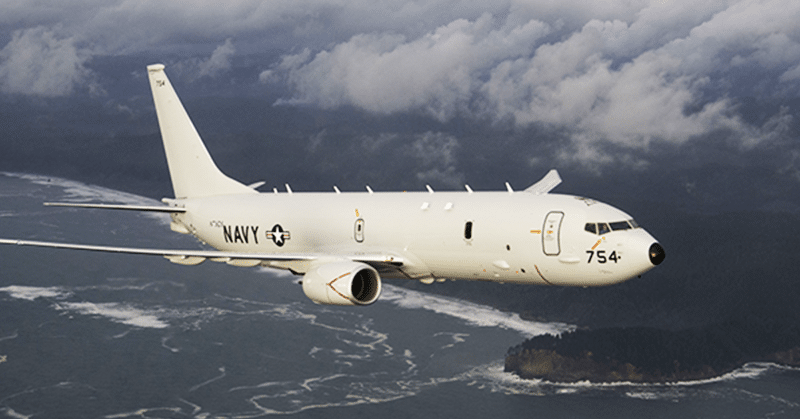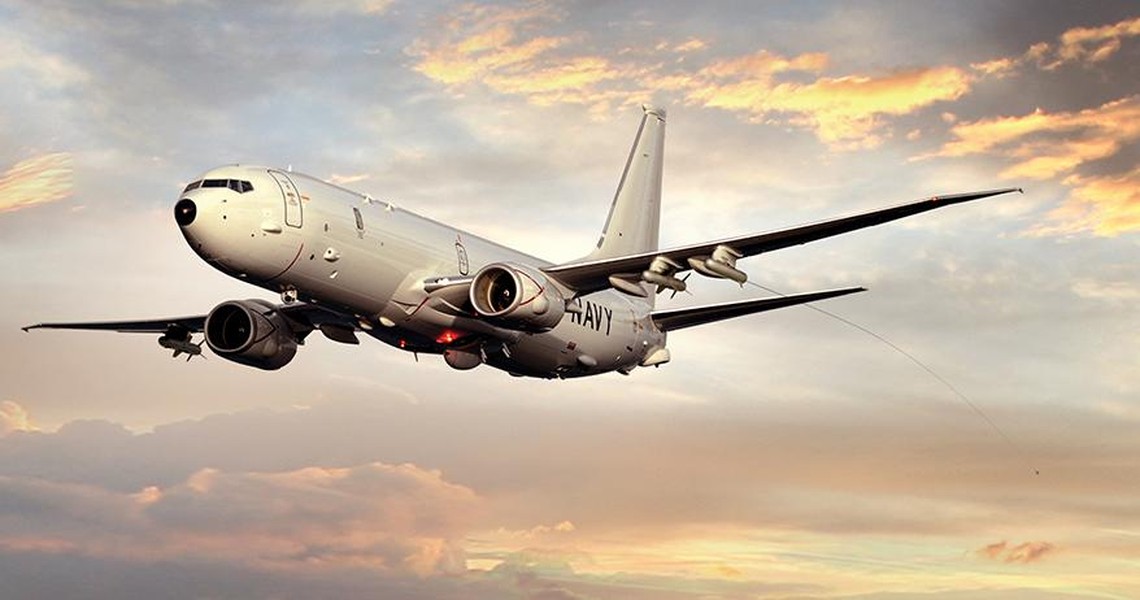In the ever-evolving landscape of maritime security, the Boeing P-8 Poseidon stands as a formidable force, embodying the perfect blend of advanced technology and mission versatility. This multi-mission maritime patrol aircraft, developed by Boeing for the United States Navy, has quickly become a cornerstone of modern naval operations worldwide. With its state-of-the-art sensors, unparalleled anti-submarine warfare capabilities, and adaptability to a wide range of missions, the P-8 Poseidon has redefined how nations protect their maritime interests.
A Technological Marvel
The Boeing P-8 Poseidon is based on the proven Boeing 737 airframe, but this is where the similarities with its commercial counterpart end. Beneath its familiar exterior lies a sophisticated system designed specifically for maritime surveillance, anti-submarine warfare (ASW), anti-surface warfare (ASuW), and intelligence, surveillance, and reconnaissance (ISR) missions. The aircraft is equipped with cutting-edge radar systems, including the AN/APY-10 multi-mission surface search radar, which can detect and track surface vessels at great distances, even in challenging weather conditions.
One of the P-8’s most critical features is its advanced sonobuoy system, which allows it to detect, track, and engage submarines. The aircraft can carry up to 129 sonobuoys, which it can deploy in a pattern over a suspected submarine location. These sonobuoys relay acoustic data back to the P-8, allowing its operators to pinpoint the exact location of enemy submarines. This capability is complemented by the aircraft’s ability to launch torpedoes and deploy depth charges, making it a lethal adversary in underwater warfare.

Versatility in Mission Profiles
What truly sets the P-8 Poseidon apart is its versatility. While its primary role is anti-submarine warfare, the P-8 is equally adept at a wide range of other missions. It can conduct anti-surface warfare, where it can use its advanced radar and weaponry to detect and engage surface ships. The aircraft can also be equipped with Harpoon anti-ship missiles, giving it the capability to strike enemy vessels from a distance.
In addition to its combat roles, the P-8 excels in ISR missions. Its sophisticated sensors and communication systems allow it to gather critical intelligence, monitor maritime traffic, and provide real-time data to commanders. This capability makes the P-8 an invaluable asset in both peacetime operations, such as search and rescue missions, and in times of conflict, where intelligence can be the difference between success and failure.
The P-8’s adaptability is further demonstrated by its ability to serve as a command and control platform, coordinating complex operations involving multiple assets. Whether it’s guiding a fleet of ships through contested waters or directing a search operation for a missing vessel, the P-8 is equipped to handle the most demanding missions.

Global Reach and Strategic Impact
The Boeing P-8 Poseidon has not only become a mainstay of the United States Navy but has also found its way into the arsenals of several allied nations, including India, Australia, and the United Kingdom. Its global presence underscores the aircraft’s strategic importance in maintaining maritime security across the world’s oceans.
In the Indo-Pacific region, where the presence of advanced submarines and surface combatants has increased tensions, the P-8 Poseidon plays a critical role in ensuring that the balance of power is maintained. The aircraft’s ability to patrol vast areas of ocean, detect potential threats, and respond swiftly makes it a key player in this strategically vital region.
The P-8’s impact is not limited to the Indo-Pacific. In the North Atlantic, where Russian submarine activity has seen a resurgence, the P-8 is instrumental in monitoring and countering these underwater threats. Its ability to operate in harsh environments, such as the Arctic, further enhances its value as a global maritime security asset.

A Bright Future Ahead
As the nature of maritime threats continues to evolve, so too does the P-8 Poseidon. Boeing and the United States Navy are continually upgrading the aircraft’s capabilities, ensuring that it remains at the forefront of maritime warfare. Future enhancements include the integration of new weapons systems, improved sensors, and advanced data processing capabilities, all designed to keep the P-8 one step ahead of potential adversaries.
Moreover, the P-8’s role is expanding beyond traditional military operations. Its advanced sensors and long-range capabilities make it an ideal platform for environmental monitoring, anti-piracy operations, and humanitarian missions. As global challenges like climate change and resource scarcity create new security concerns, the P-8 Poseidon’s ability to operate in diverse environments will make it an increasingly valuable tool for both military and civilian applications.

Conclusion
The Boeing P-8 Poseidon is more than just an aircraft; it is a guardian of the seas, a sentinel that watches over the world’s oceans with unparalleled vigilance. Its combination of advanced technology, mission versatility, and global reach makes it a critical asset for any nation serious about maintaining maritime security. As it continues to evolve and adapt to new challenges, the P-8 Poseidon will remain a linchpin in the efforts to safeguard the world’s oceans, ensuring that the balance of power at sea remains firmly in the hands of those who value freedom and security.





